I never worry about online privacy. As a result, I don’t spend any time reading articles about the subject. I don’t have to mess around with settings or permissions. And I’m never worried about “that photo” making the rounds.
I have a very simple rule of thumb that makes all of this possible:
Don’t post anything online you don’t want anybody to see.
Everything I post online is family friendly. I don’t care who sees it. In fact, I post it because I want people to see it. So please come and look, re-post, link, and have at it.
Of course there are times when someone else posts something I may not be crazy about sharing. But while I may think I look fat in that photo you caught me in, I know I’m not doing something inappropriate so I’ll be okay.
Look at the online world as an extension of the real world, because that’s exactly what it is. Be careful in thought and deed, mind your P’s and Q’s, and never have more than two drinks when there’s anyone with a camera nearby.
Yes, things may be a little boring, but you’ll never have to worry about online privacy. That is, of course, until Google figures out how to get their camera truck into your bedroom.



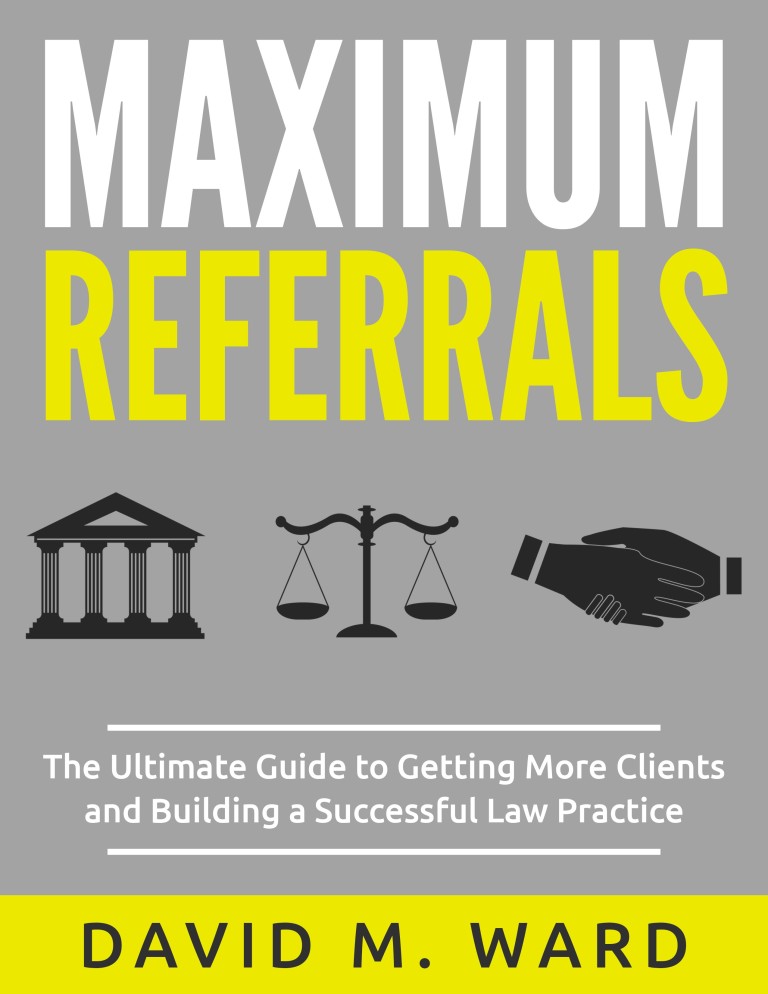
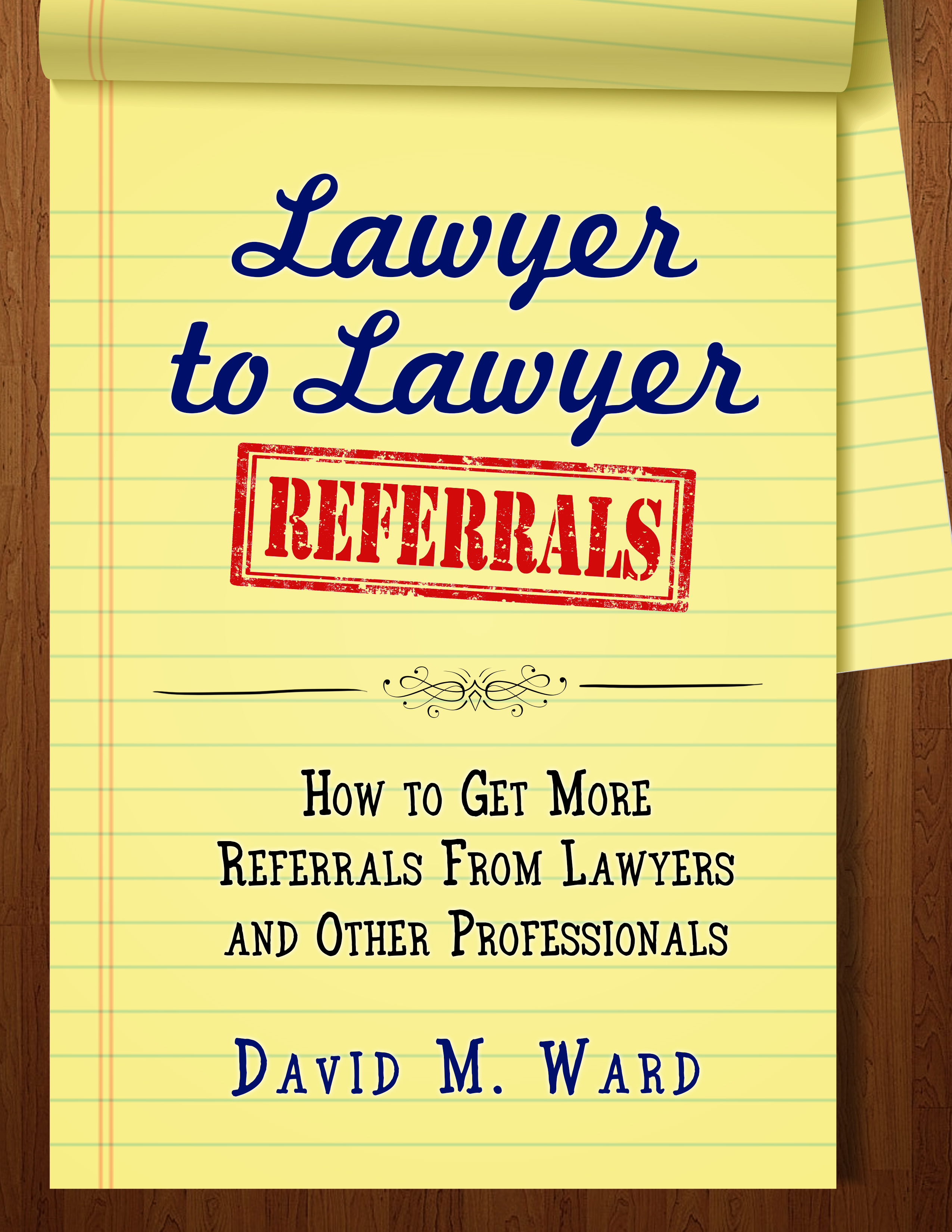
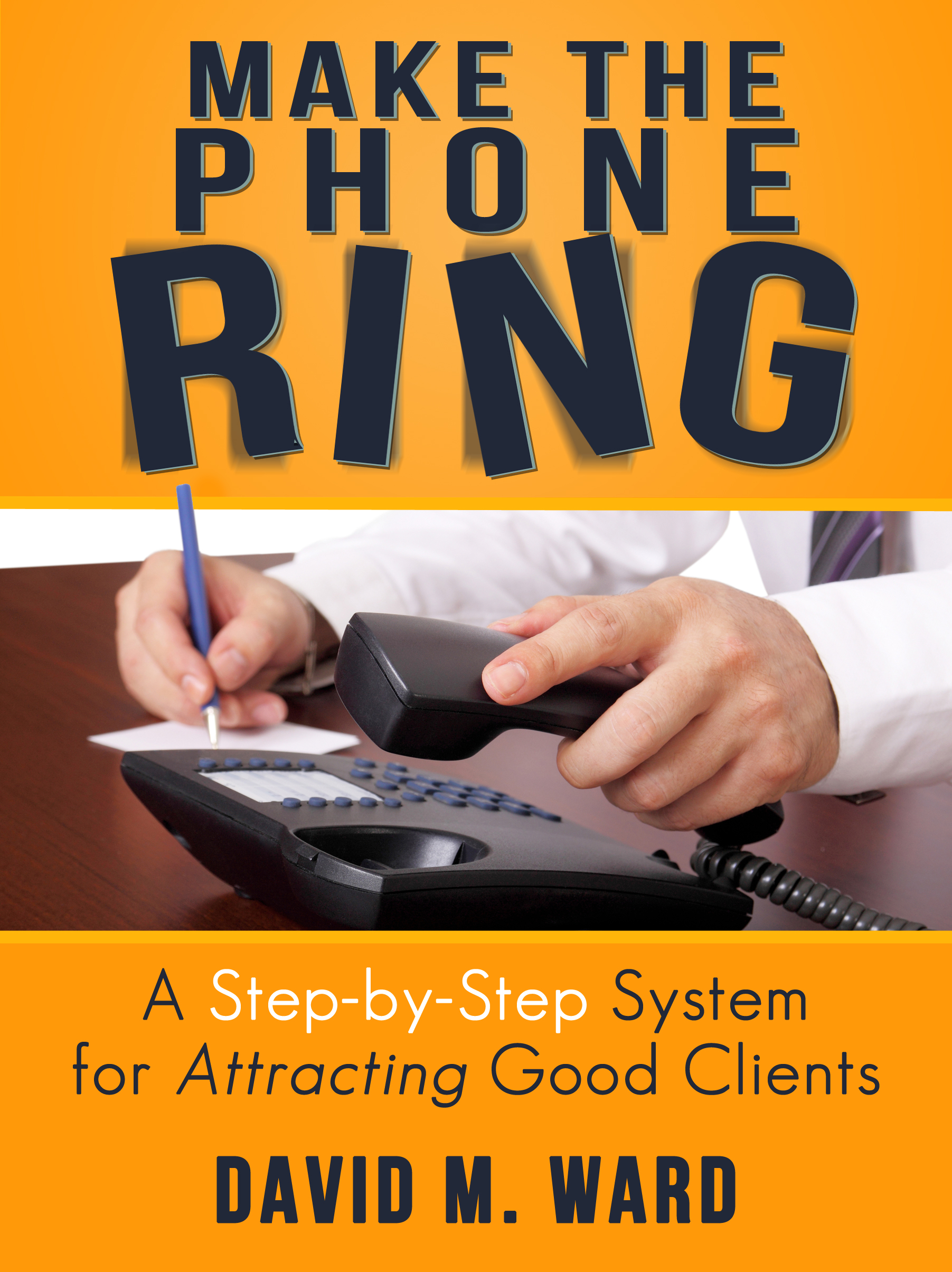
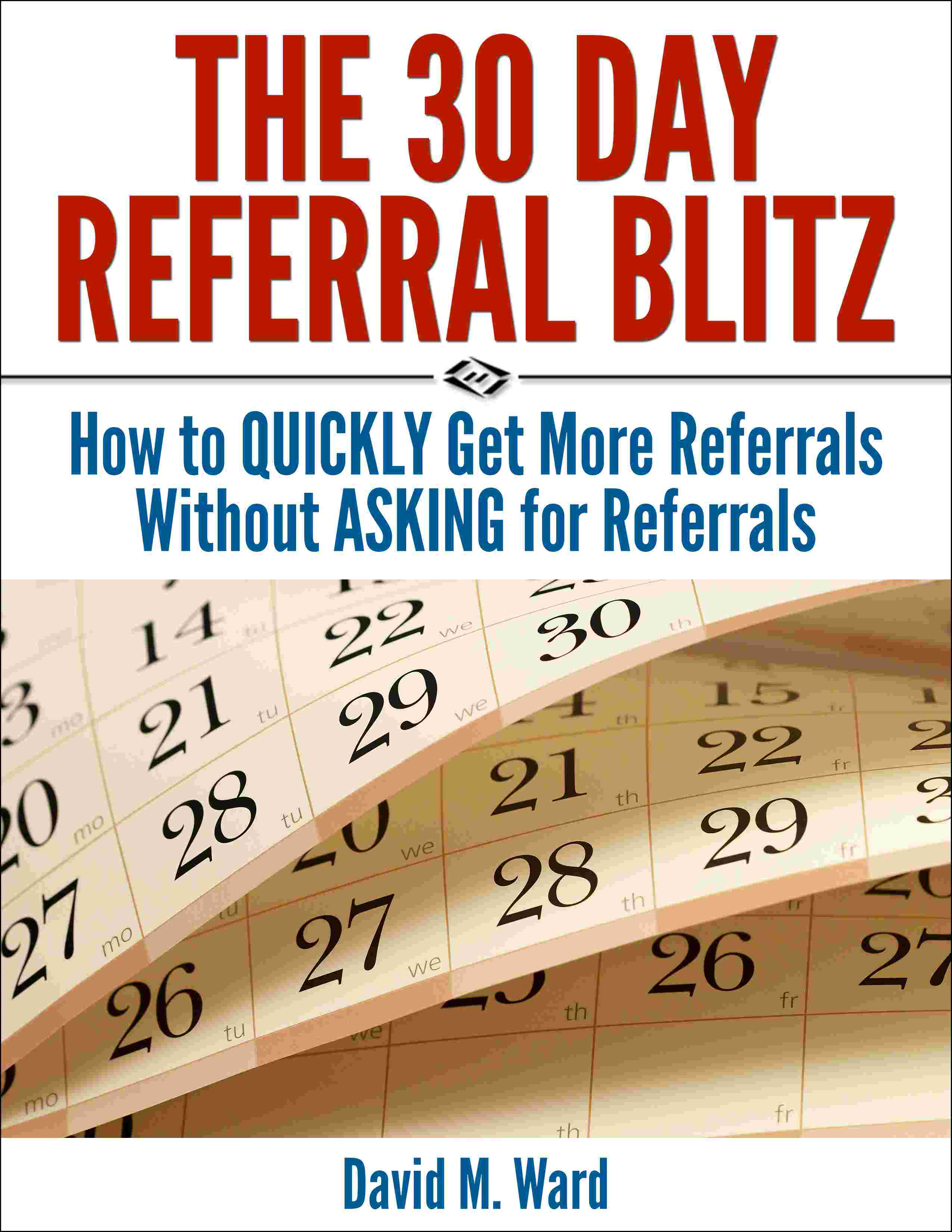
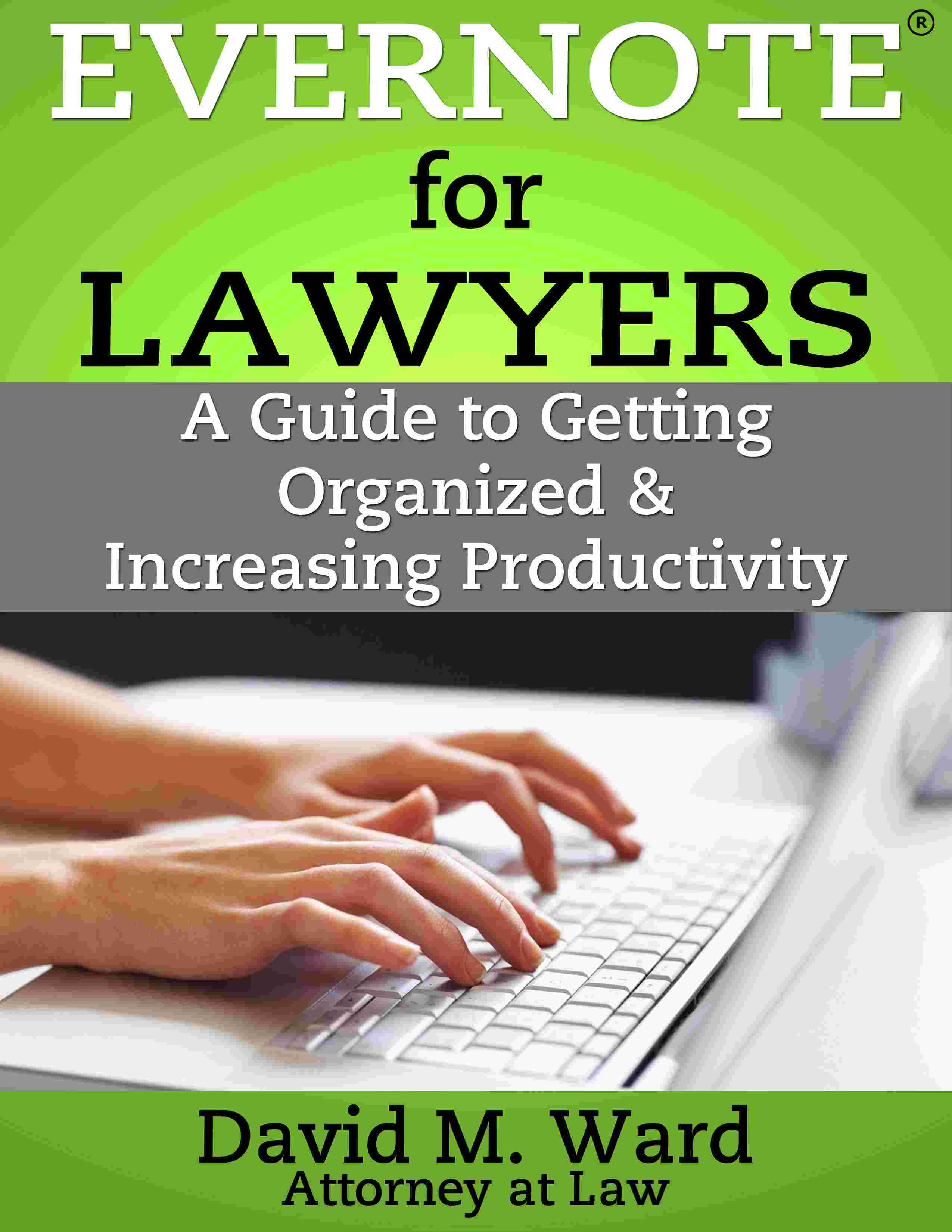
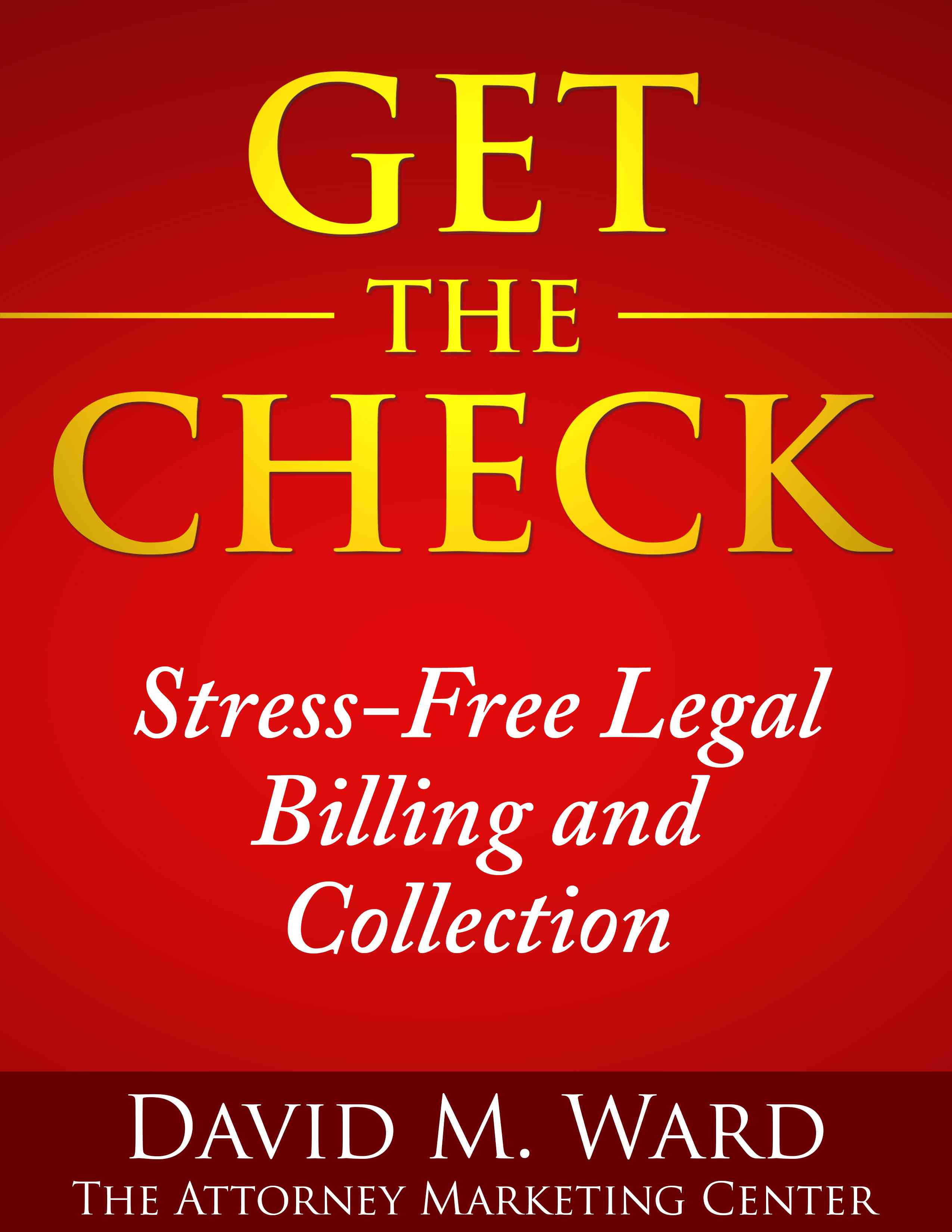
My political views finally revealed (not)
When I first got stated on Facebook, one of my “friends” posted an incendiary political comment on my wall. In response, friends with opposing viewpoints took him on. Back and forth they went, telling each other in heated tones who was right. Others joined in. Soon, a full blown flame war was taking place.
It was great theater.
I let the two sides go at each other for while and I stayed out of it. No way was I going to get involved in that mess.
And then it really got ugly.
The original poster starting insulting people. Despite repeated requests by the majority to curtail the invective and stick to the issues, he continued his name calling. The more he was asked to tone things down, the worse he got. I had no choice but to remove him as a friend.
Even though this was an extreme situation, it reinforced the notion that discussing politics in public is not a good idea. Unless you are certain that everyone in “the room” is of a like mind, you’re just asking for trouble.
If you’re a professional or in business, your political views should not be posted on social media. Why risk alienating half of your friends and followers? Even when the discourse is civil, political postings provide an insight into your thoughts that can drive a wedge between people who might otherwise get along just fine.
I have political views. Not a day goes by that I don’t feel like posting my opinion about one thing or another, or re-posting what someone else has said.
I’d be nuts to do it.
So I bite my tongue. And save it for a private conversation.
It’s called being in business.
I have many friends on the other side of political aisle. We like each other. We do business together. We can talk about almost anything. Â But not politics. We don’t go there.
In business, you can’t go there.